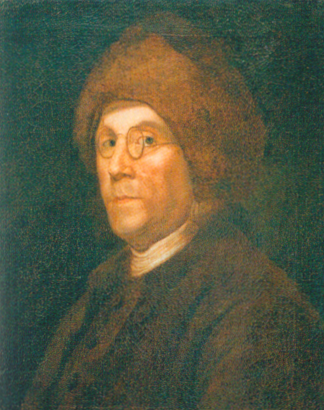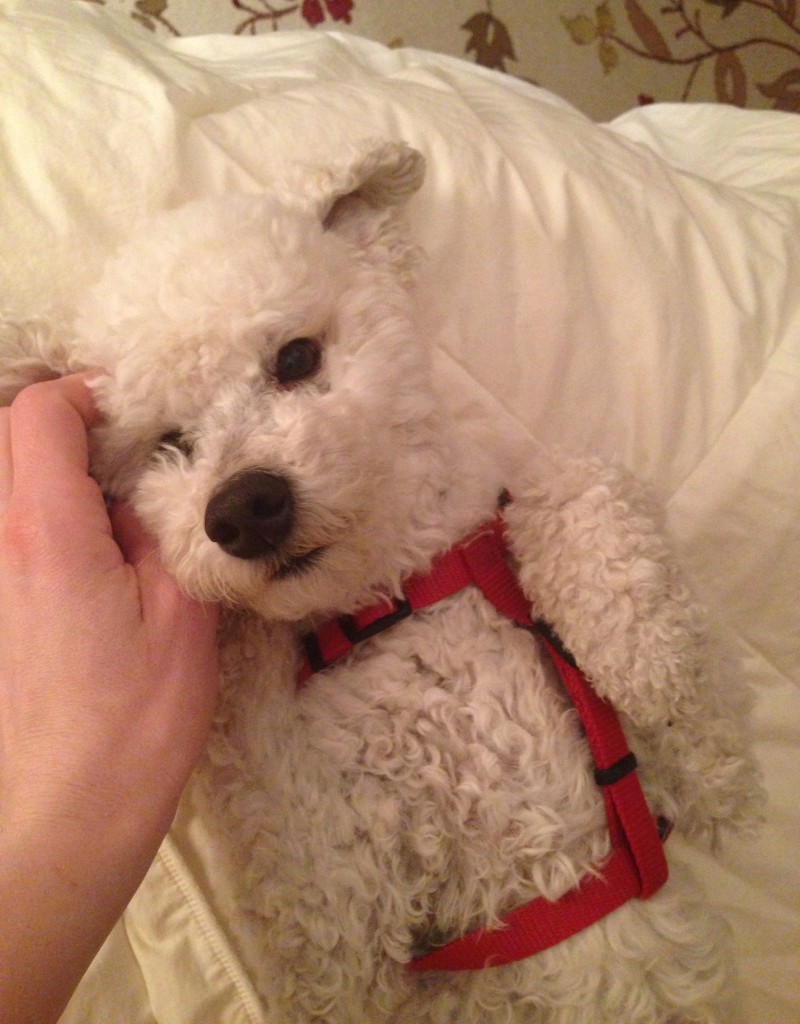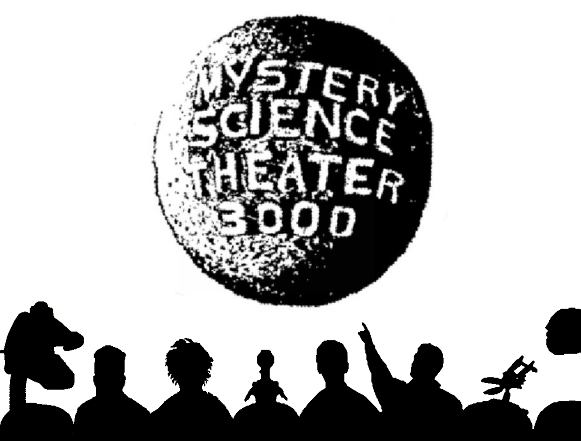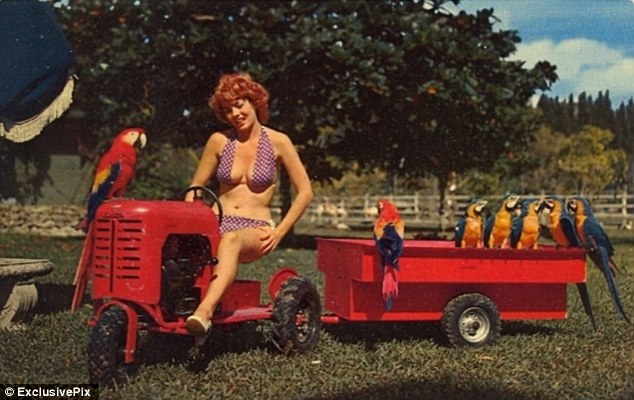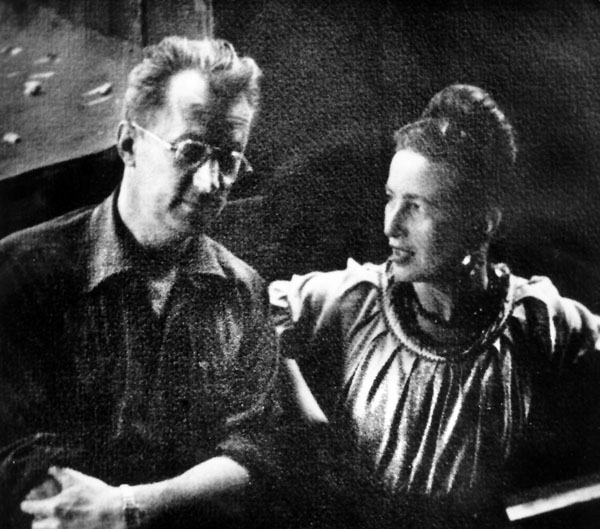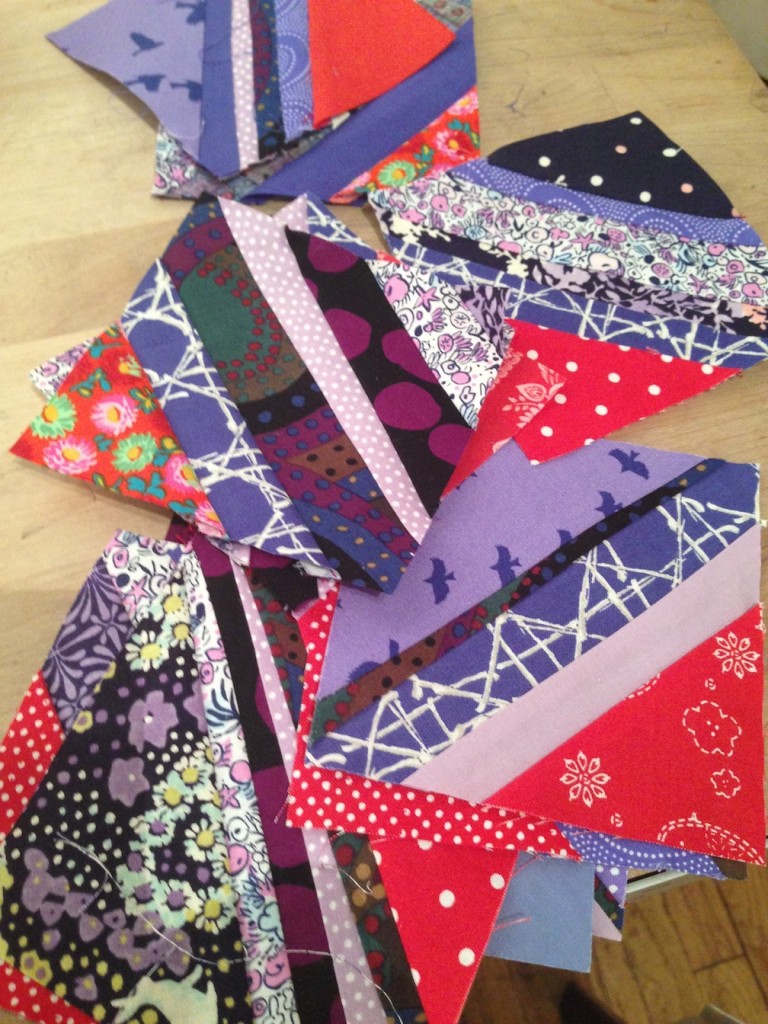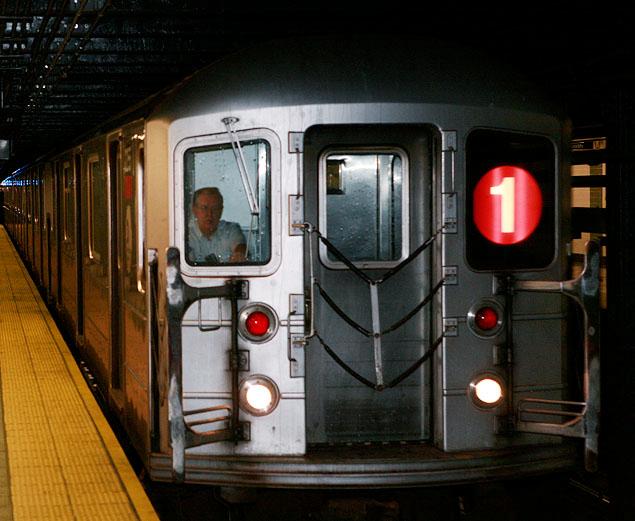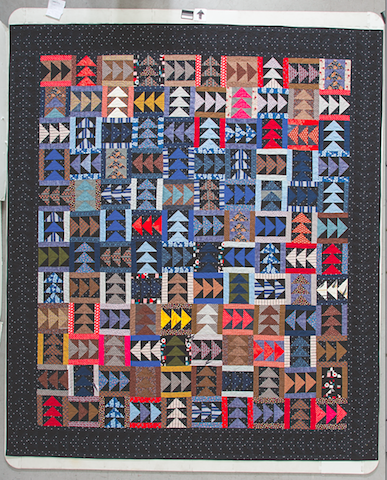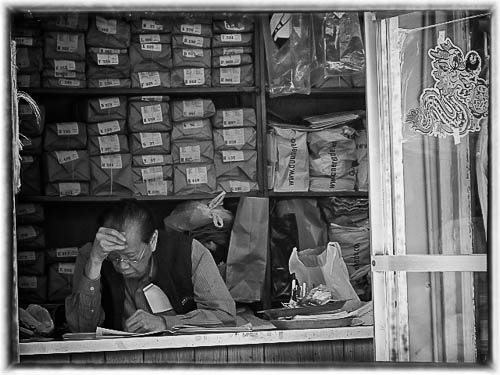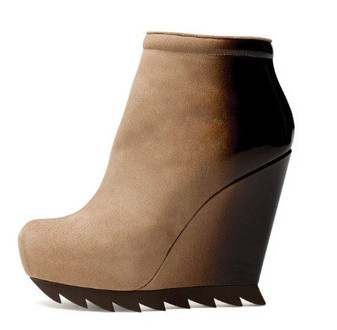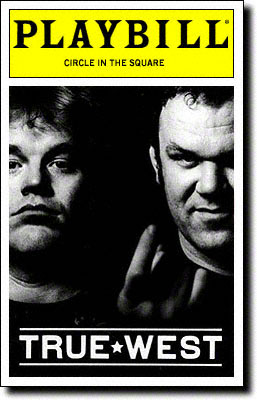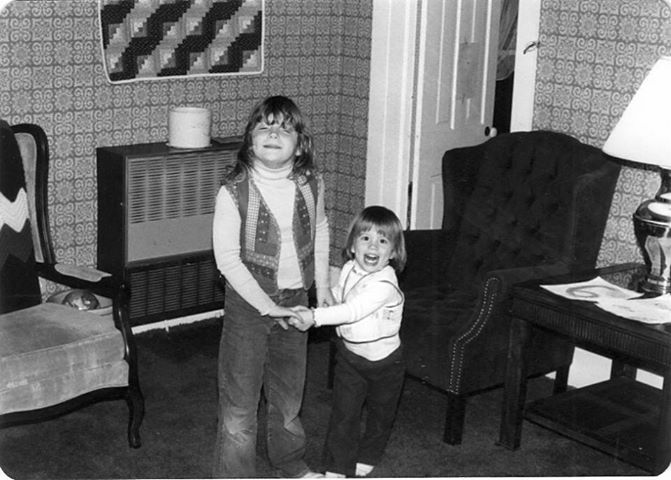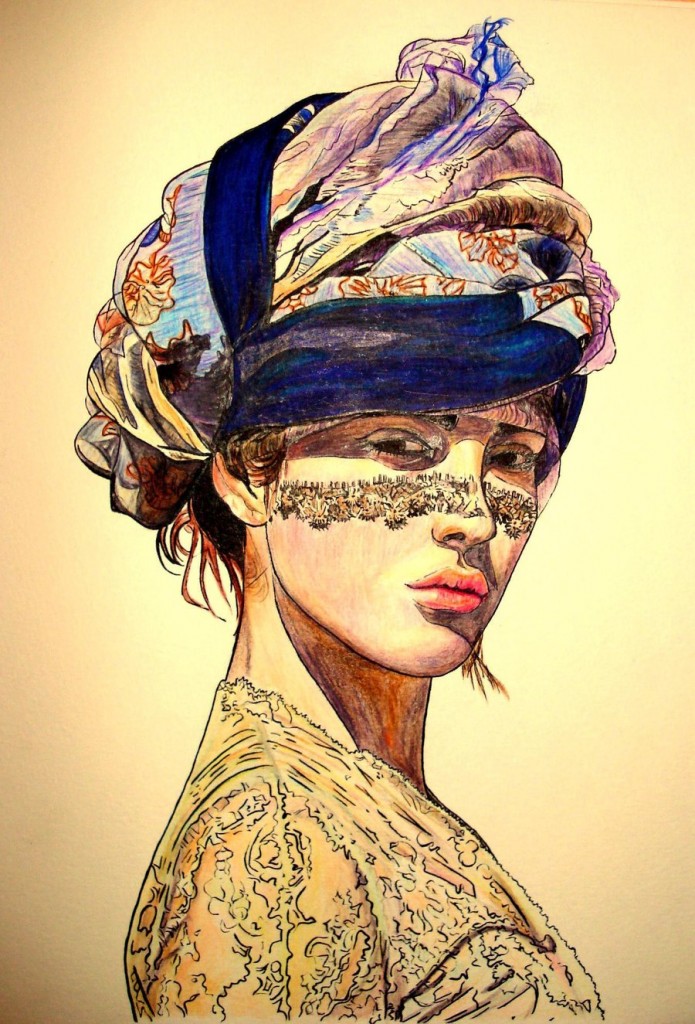
Three of my proudest achievements in life so far:
1. Learning to spell my middle name in kindergarten (“Katherine” is long)
2. Opening a Roth IRA in my mid-twenties (I was a waitress and it wasn’t much of an investment but I did it, anyway)
3. Being included in the first-ever Best of Write Club anthology (out this month.)
Write Club is a live lit show started in Chicago a few years ago by writer-performer-genius Ian Belknap. The show goes in three bouts, with two writers per bout. A week in advance of the show, Ian pairs up the writers and assigns each pair two opposing ideas, e.g., Rain vs. Shine, Hello vs. Goodbye, Fire vs. Water, etc. One writer takes “Hello” and the other takes “Goodbye” and they go off and write a piece extolling the virtues of the side they drew. You get seven minutes up onstage to deliver the piece you’ve written, onstage, at the mic. No props, no costumes. There’s a clock that ticks down from seven minutes. There’s a packed house every week. The bouts get ferocious and amazing and heated. The audience goes crazy with love and loyalties. The winner of each bout is picked by the audience; whoever gets the loudest, frothingest cheering wins and the winner’s fist is hauled up into the air by Ian, just like you’re a boxer and the crowd goes wild. If you win your bout, you get to name any charity you want to give your prize money to and that’s what happens with your prize money.
I can’t describe how incredible Write Club is because it’s late, my contacts are crunchy, and I have to be on a plane at 7am tomorrow morning. The best I can do tonight is to tell you that Write Club will leave you breathless. There is astounding writing talent in Chicago. We have so many brilliant people writing here, it approaches embarrassing. We’re stinking, filthy rich with good writers who are alive, which is to say nothing about all the ones who are dead (e.g., Nelson Algren, Saul Bellow, Studs Terkel, Lorraine Hanesberry, etc., etc.) I’m honored to call many of these (alive) people my friends and I’m goofy, nerdy, tripping-over-my-feet happy to be able to write alongside them every once in awhile. Write Club has expanded to San Francisco, Atlanta, L.A., and Toronto; more cities are sure to come, and I hope they do. But the show was born here in Chicago and it will always have the imprint of Chicago’s meaty fist in its forehead. Chea.
Anyway, The Best of Write Club anthology has come out and I’m in it. I haven’t stopped pinching myself. There are 24 writers in there and my friend Chloe and I start the whole book off with the essays we did for our bout, “Foreign” vs. “Native.” I drew “Foreign”. I won the bout that night, but a) Chloe’s essay is amazing and b) my first time at Write Club, I lost my bout. It’s a hard game.
I have a book sale going on right now and you should take advantage of that. But if you’re like me and you buy .8 books a day, get The Best of Write Club at a bookshop called The Book Cellar, or Amazon, or lots of places online. You’ll pay under $20 and get some of the best, freshest, most exhilarating writing you’re going to read this year. I saw a lot of it happen live and I’m telling you: these words are electric.
Note: I was at the Chicago Book Expo today to read my essay. That’s why I keep saying “here.”








